Experience the delightful combination of pork and garlic flavors in Tonteki, complemented by a rich sauce. By incorporating Western elements into Japanese cuisine, this dish offers a unique twist on traditional Japanese flavors.
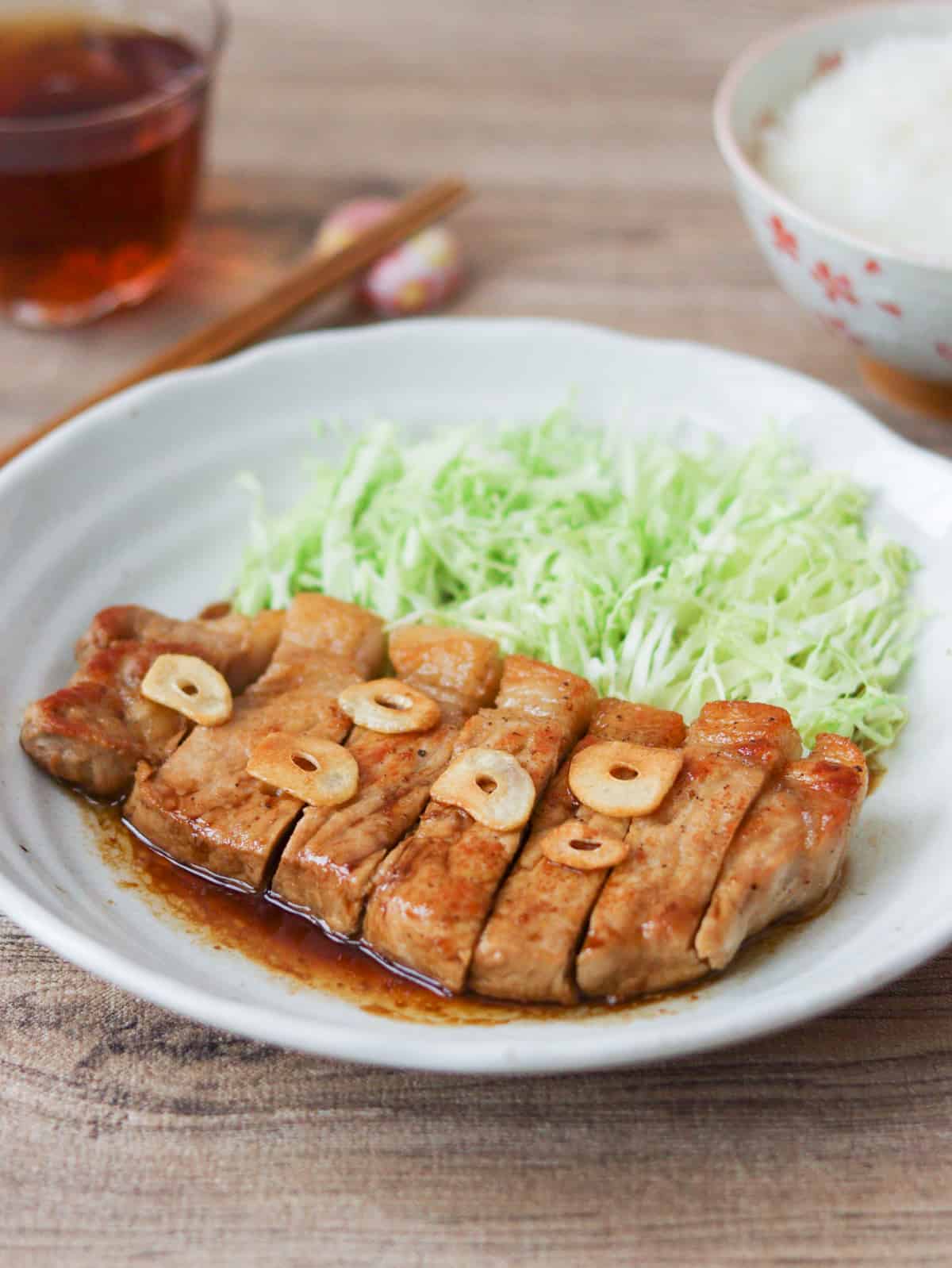
Jump to:
What is Tonteki?
Tonteki is a dish that consists of thick slices of pork seasoned with a rich sauce, topped with garlic, and served with thinly shredded green cabbage on the side. "Ton" means pork, and "teki" is a term used in Japanese to refer to 'steak.' Originally, this dish was served at a restaurant in Yokkaichi City, Mie Prefecture, but it has since spread throughout Japan due to its delicious flavor.
While it can broadly be considered a pork steak, it has a distinct flavor that sets it apart from a typical pork steak. The essence of this dish lies in its sauce, which is mainly composed of Japanese Worcestershire sauce. I encourage you to try it and experience its unique flavor for yourself.
Criteria for authentic tonteki
To distinguish tonteki from a typical pork steak, Yokkaichi City, the birthplace of this dish, has established the following criteria for using the name 'tonteki:'
- The pork should be thick and pan-fried.
- A rich, dark-colored sauce should be used.
- It should be topped with garlic.
- It should be served with shredded green cabbage.
When making it at home, it is not strictly necessary to adhere to all of these conditions, but for an authentic taste, it is recommended to follow these requirements as closely as possible. Each of these elements is essential to tonteki, with the dark-colored sauce being its most distinctive feature.
Exploring tonteki sauce
There are numerous recipes for tonteki sauce in Japan, but it is commonly made with Japanese Worcestershire sauce, sugar, and soy sauce to give it a rich, slightly sweet flavor. Since the sauce is a crucial element of this dish, even if you add your own twist, be careful not to compromise its deep color.
Here, I will share my favorite tonteki sauce recipe, which includes butter. The rich flavor of the sauce also complements the accompanying cabbage nicely.
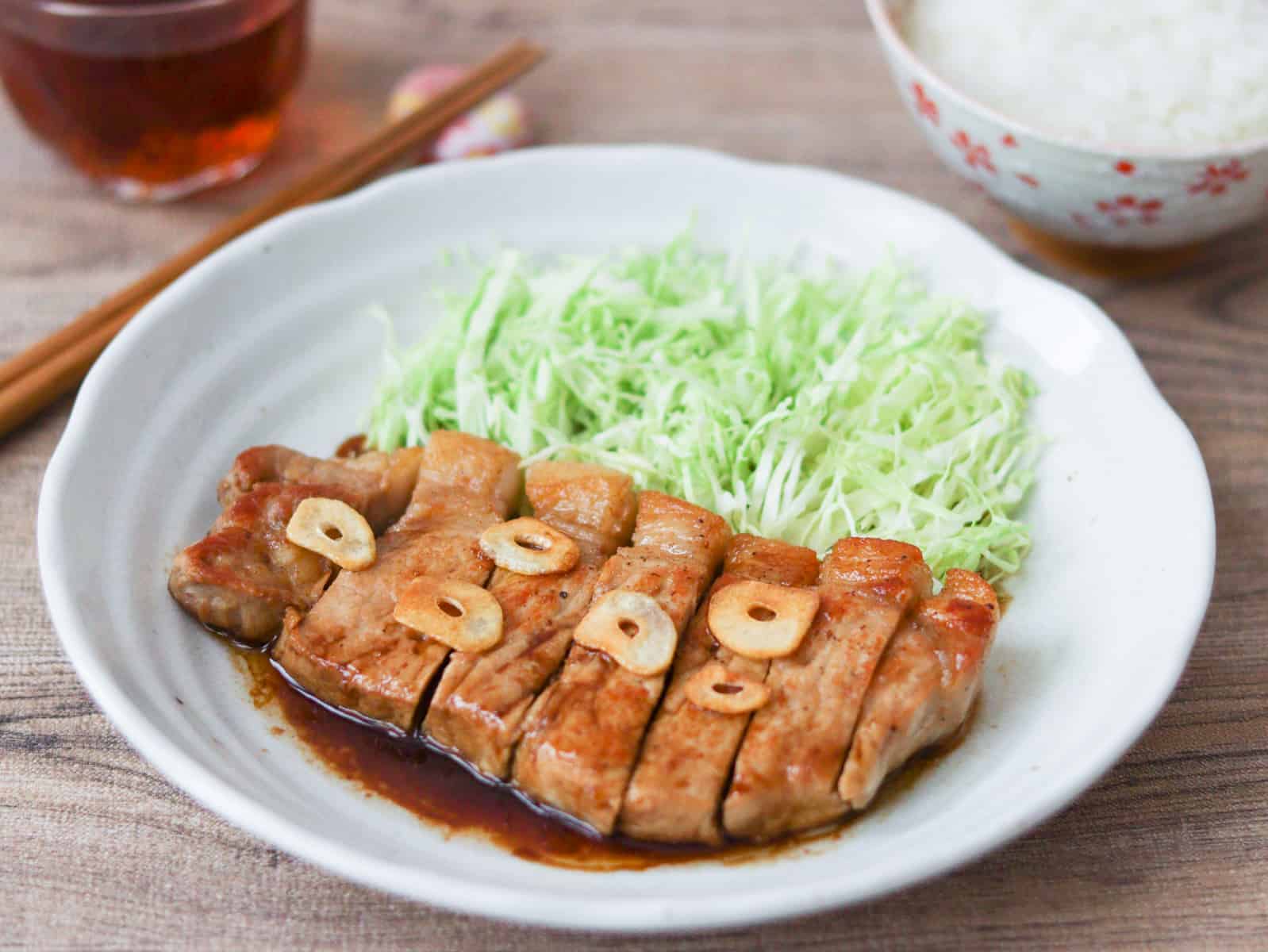
📋Step-by-step recipe
Ingredients
- 2 boneless pork loin chops (about 5.3 oz/150 g each, thickness: 0.6 inch/1.5 cm or more)
- - pinch of salt (for the pork)
- - pinch of ground black pepper (for the pork)
- 4.2 oz green cabbage (for a side)
- 1 clove garlic
- 0.17 oz butter
Seasonings:
- 1 ½ Tbsp Japanese Worcestershire sauce (such as Kagome or Bull-Dog brand)
- ½ Tbsp mirin
- ½ tsp sugar
- 1 Tbsp soy sauce
Instructions
🕒 Total: 15 mins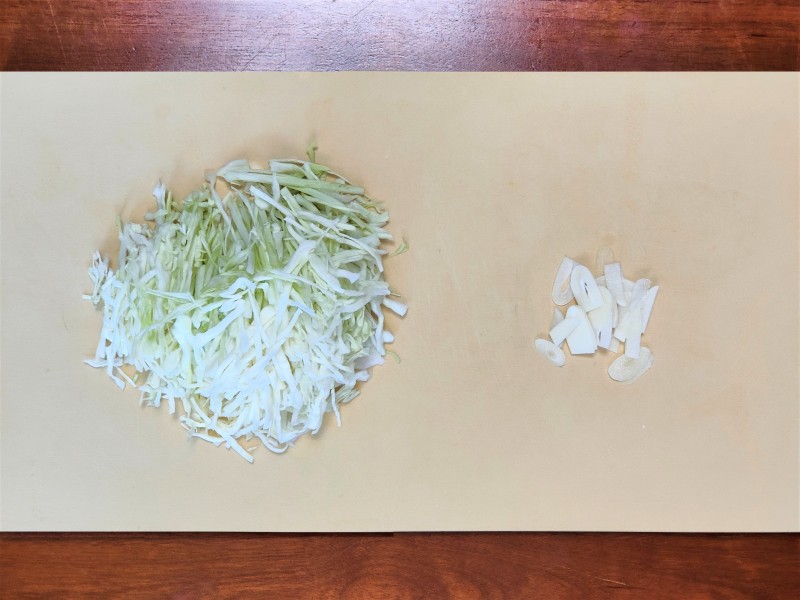
Step 1
Cut cabbage into thin strips in advance to serve as a side.

Step 2
Mix seasonings (Japanese Worcestershire sauce, mirin, sugar, and soy sauce) in a small bowl.
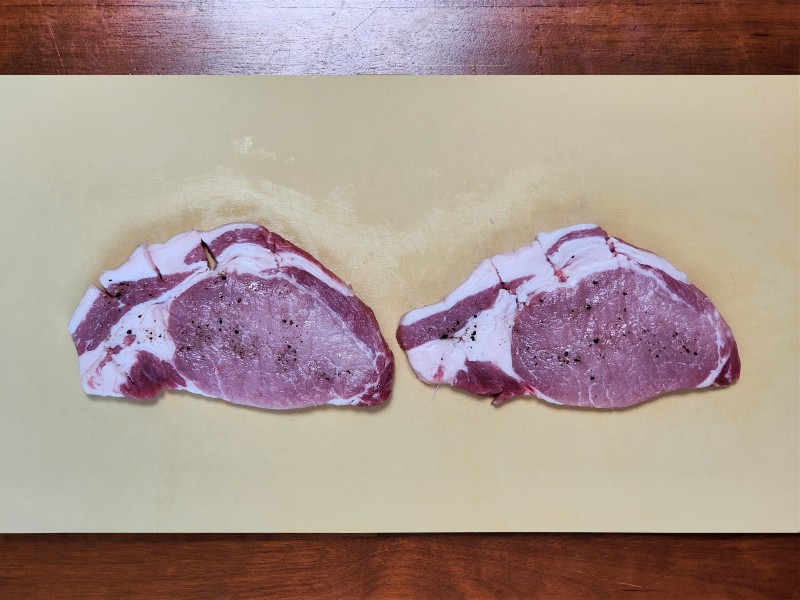
Step 3
Make several slits along the border between the lean and fatty parts of the pork with the tip of a knife. Then, sprinkle salt and pepper on both sides.
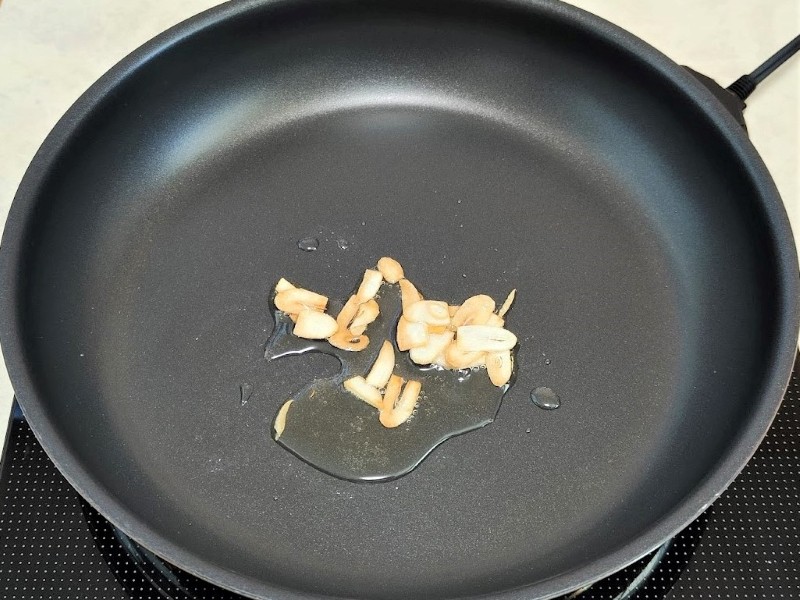
Step 4
Heat oil in a pan over low heat and add the garlic slices. Once the slices have turned golden brown, set them aside.

Step 5
Put the pork in the pan and cook over medium heat until the surface is browned. Then, flip it over and continue cooking until cooked through.

Step 6
Add the seasoning mixture and butter to the pan, and let it simmer for about 30 seconds.
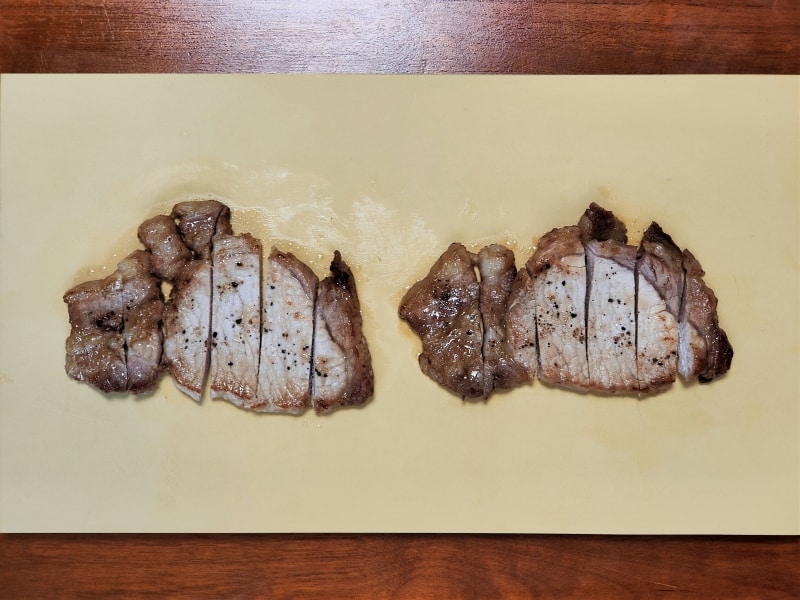
Step 7
Remove the pork from the pan and slice it into ⅘-inch (2 cm) pieces.
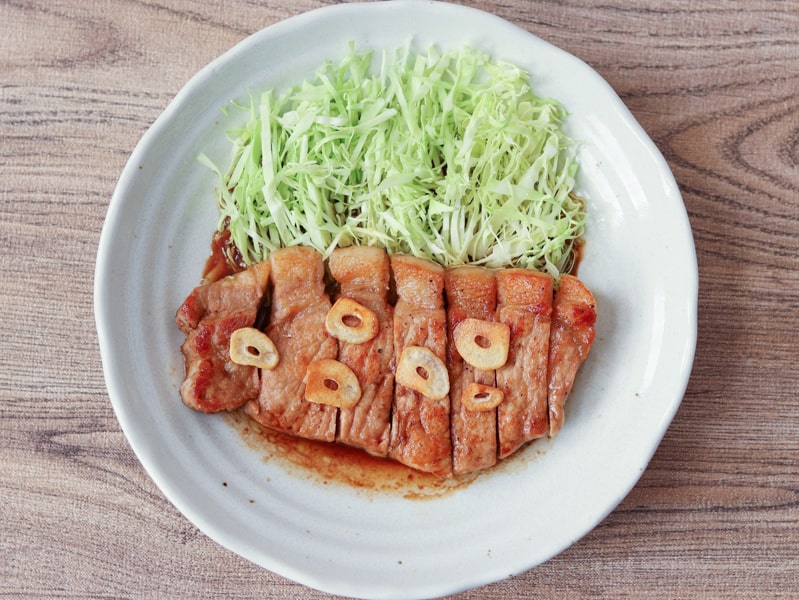
Step 8
Serve the pork slices on plates with the shredded cabbage on the side. Pour the sauce from the pan over the pork, and sprinkle the garlic chips on top.
To store
You can store it in the refrigerator for up to 3 days.
Tips on how to make
- Make several slits along the border between the lean and fatty parts of the pork. This will help prevent the pork from curling up during cooking.
- Cook the pork over medium heat. Avoiding high heat prevents the pork from becoming tough.
If you try this recipe, I’d love to hear what you think. Please consider leaving a review and star rating in the comments below. If you enjoyed it, I’d really appreciate it if you shared it with your friends.
Recipe card
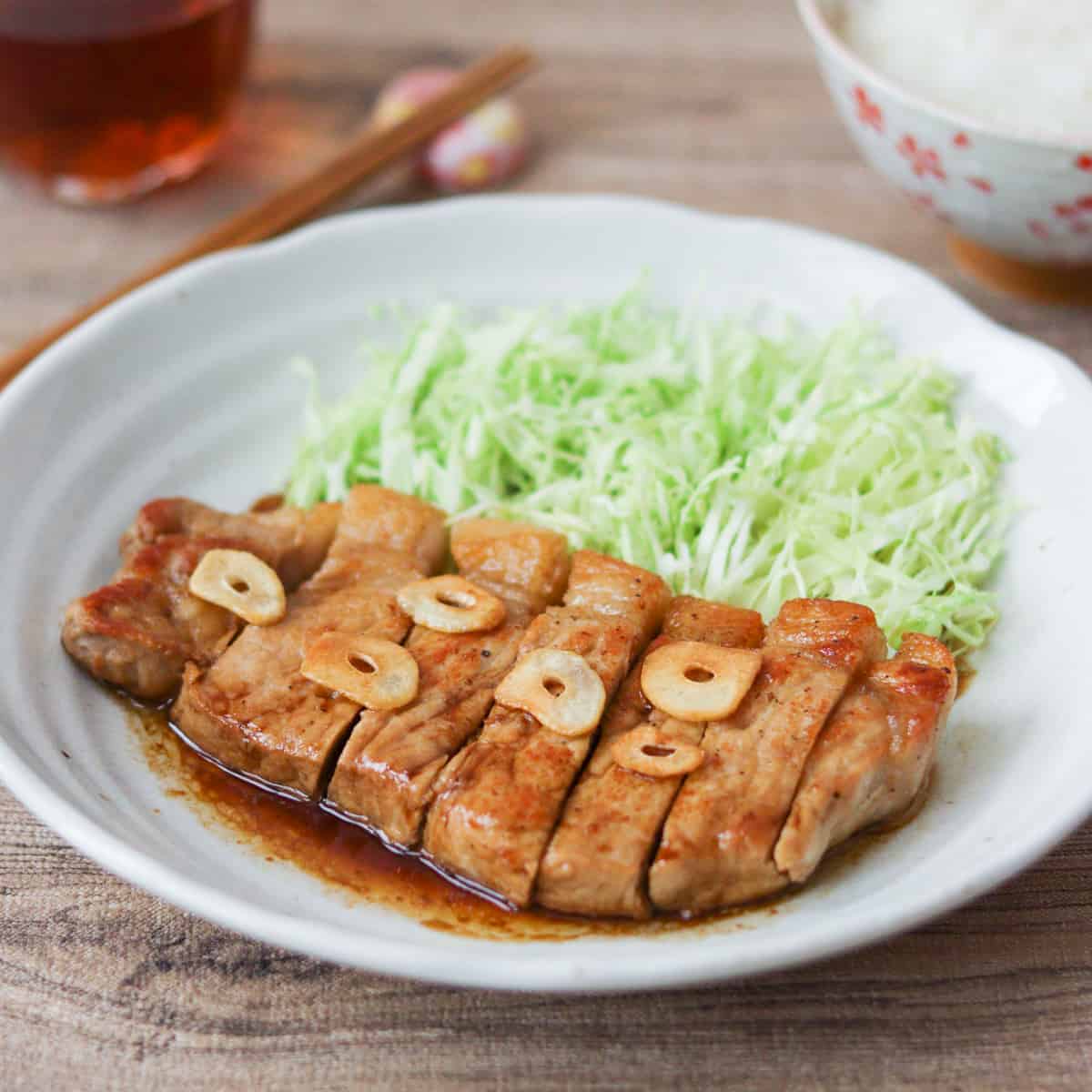
Tonteki (Japanese Pork Steak)
Ingredients
- 2 boneless pork loin chops (about 5.3 oz/150 g each, thickness: 0.6 inch/1.5 cm or more)
- - pinch of salt (for the pork)
- - pinch of ground black pepper (for the pork)
- 4.2 oz green cabbage (for a side)
- 1 clove garlic
- 0.17 oz butter
Seasonings:
- 1 ½ Tbsp Japanese Worcestershire sauce (such as Kagome or Bull-Dog brand)
- ½ Tbsp mirin
- ½ tsp sugar
- 1 Tbsp soy sauce
Instructions
- Cut cabbage into thin strips in advance to serve as a side.
- Mix seasonings (Japanese Worcestershire sauce, mirin, sugar, and soy sauce) in a small bowl.
- Make several slits along the border between the lean and fatty parts of the pork with the tip of a knife. Then, sprinkle salt and pepper on both sides.
- Heat oil in a pan over low heat and add the garlic slices. Once the slices have turned golden brown, set them aside.
- Put the pork in the pan and cook over medium heat until the surface is browned. Then, flip it over and continue cooking until cooked through.
- Add the seasoning mixture and butter to the pan, and let it simmer for about 30 seconds.
- Remove the pork from the pan and slice it into ⅘-inch (2 cm) pieces.
- Serve the pork slices on plates with the shredded cabbage on the side. Pour the sauce from the pan over the pork, and sprinkle the garlic chips on top.
Notes
- You can store it in the refrigerator for up to 3 days.





Leave a Rating and a Comment